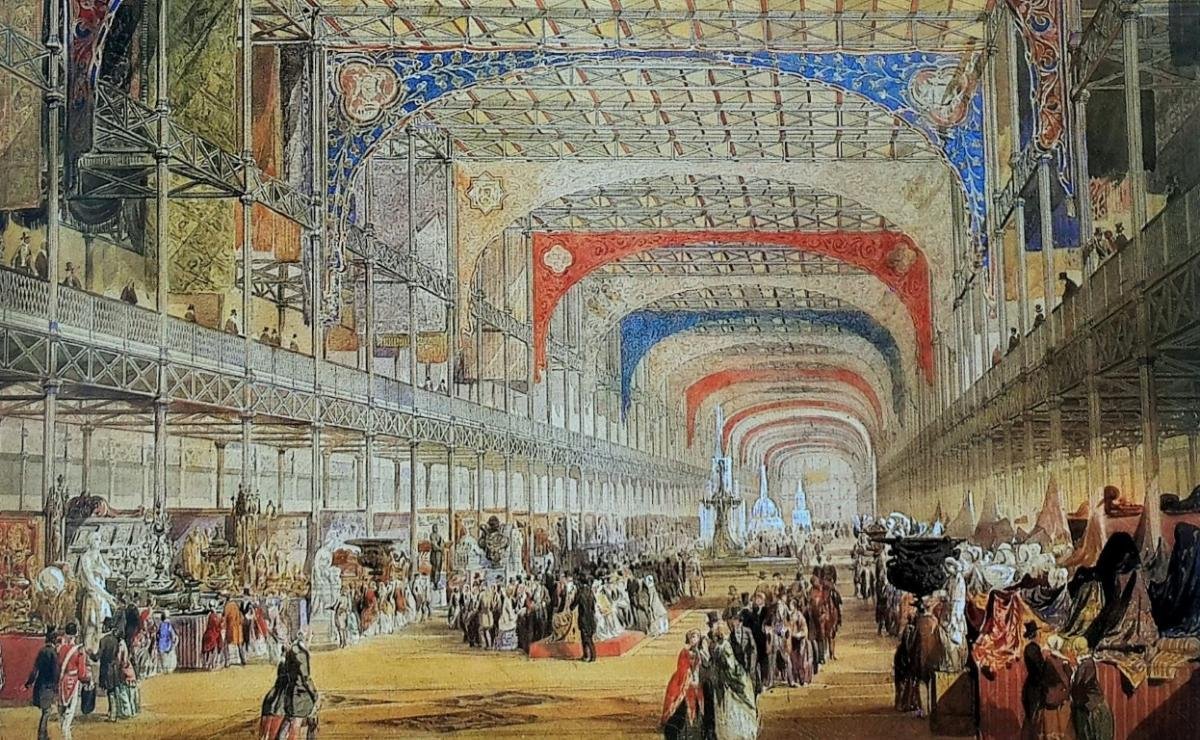It was the largest city in the world, with over 120,000 people if the book of Jonah is to be believed (biblegateway.com/passage/?searc…)


“Scarcely a year before, with the exception of the ruins of Khorsabad, not one Assyrian monument was known.”
(Layard, 1867 archive.org/stream/nineveh…).

(Source: books.google.co.uk/books?id=LPWhA…)

(Full poem: bartleby.com/270/11/195.html)


Its colours were "hard, glaring & uncombined... opaque heavy patchwork of blues, reds & yellows with ghastly oases of white."
(books.google.co.uk/books?id=1W49q…)

- Exhibition Guidebook, 1854: archive.org/stream/ninevah…
- Lending, Promenade Among Words & Things, 2015: journal.eahn.org/articles/10.53…
- Malley, From Archaeology to Spectacle, 2013: books.google.co.uk/books?id=LPWhA…
- Piggott, Palace of the People, 2004: books.google.co.uk/books?id=1W49q…


































